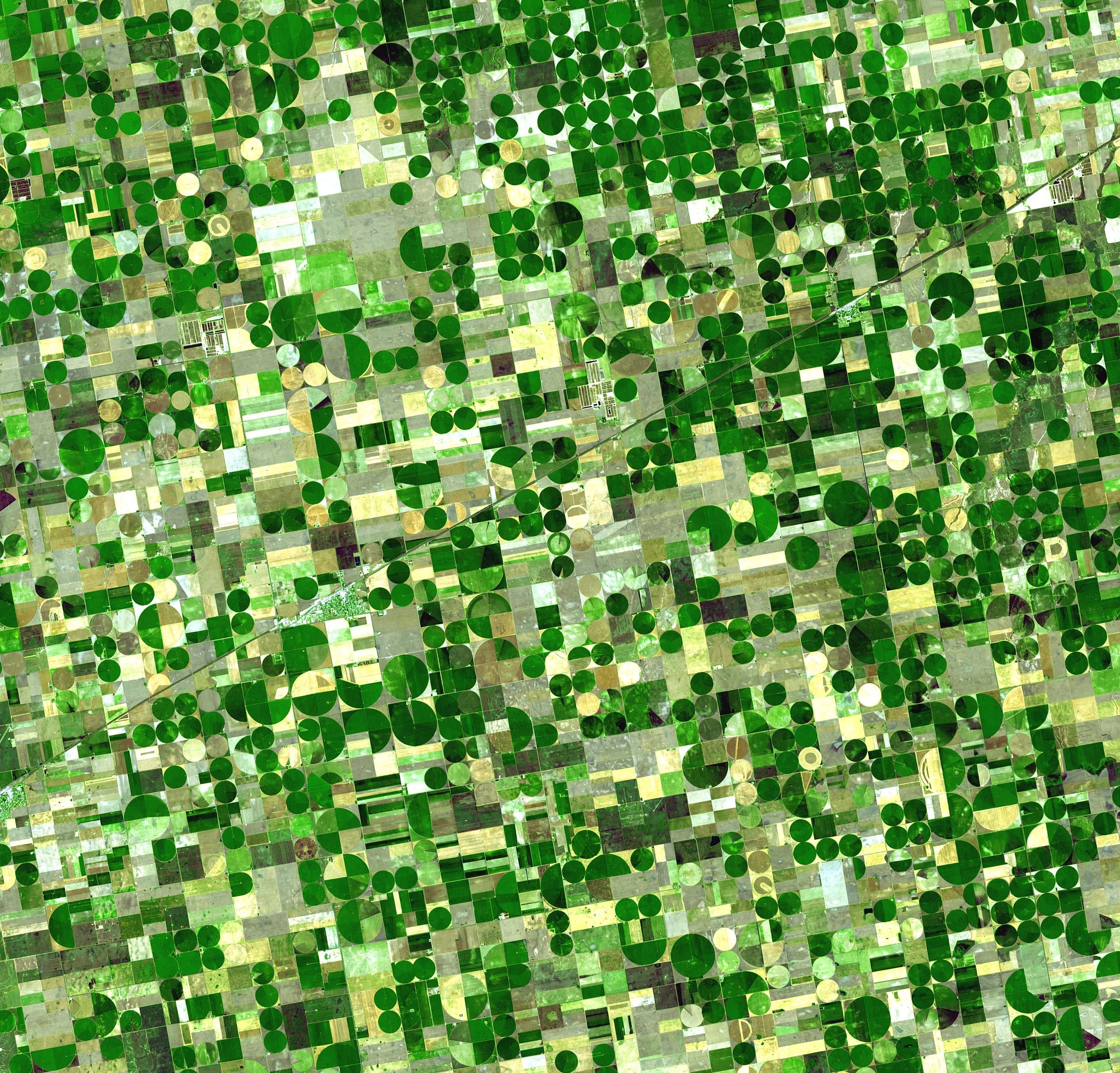
FAQs
How is NASA Harvest related to NASA?
Harvest is seated within NASA’s Earth Action division (formerly NASA Applied Sciences), which focuses on developing satellite data applications to better understand Earth’s systems. Within the NASA Earth Action division, NASA has several program elements focused on improving agriculture, food security, and water resources. Harvest is not the only NASA program element dedicated to agricultural and food security analysis, but we are NASA’s official Global Food Security and Agriculture Consortium. NASA also seed funds our sister consortium, NASA Acres, which focuses on U.S. domestic agriculture.
NASA does agriculture?
Yes! NASA has a rich history of using satellite information to better understand agricultural production and food systems around the world, dating back to the 1970s. Satellite imagery can help us answer questions about how much food is being produced around the world, how healthy crops are each year, which regions of the world are at risk of crop failure, and the impacts of weather or socioeconomic disasters on farm operations.
How is NASA Harvest funded?
NASA is the primary funder of the NASA Harvest Consortium (Grant #80NSSC23M0032). Grant funding from NASA is awarded on a 5-year cycle, and Harvest must re-apply for funding at the end of each grant cycle. Additionally, Harvest partners apply for additional academic and donation-based grants throughout the year to supplement our primary grant funding and increase our capacity to take on new projects.
How can we partner with NASA Harvest?
While each partnership is structured to fit the unique needs of the work at hand, Harvest has three main pathways to partnership: 1) partners bring funding to the consortium, or funding is sought together to support new collaborations; 2) expertise, data, and other resources are shared in-kind based on shared goals and complimentary needs; 3) Harvest funds partners for services outside our current expertise, or for data unavailable in the public domain.
What is NASA Harvest’s relationship to the G20 GEOGLAM Initiative?
Harvest is NASA’s contribution to the G20 GEOGLAM Initiative, and our primary role is facilitating the GEOGLAM Crop Monitors which provide monthly reports on crop conditions globally. The GEOGLAM policy mandate initially came from the Group of Twenty (G20) Agriculture Ministers during the French G20 Presidency in 2011. It has since expanded to parallel to the G20 mandate to include food security concerns, and now works to support early warning for international agency response to emerging food emergencies and supply chain challenges.
